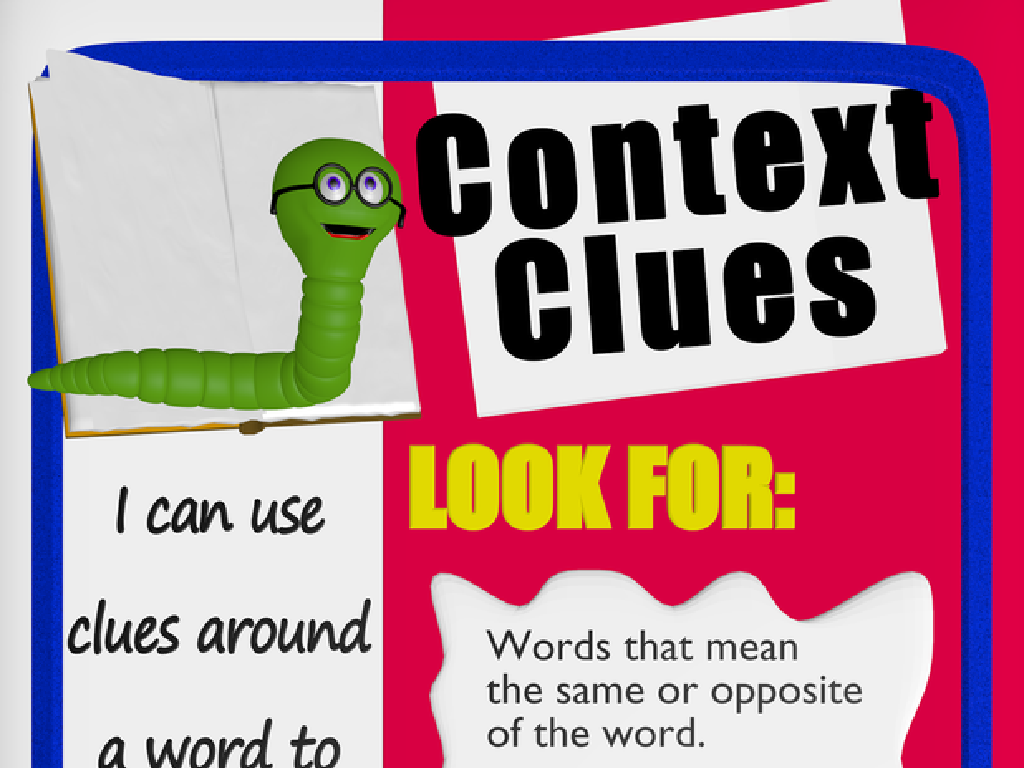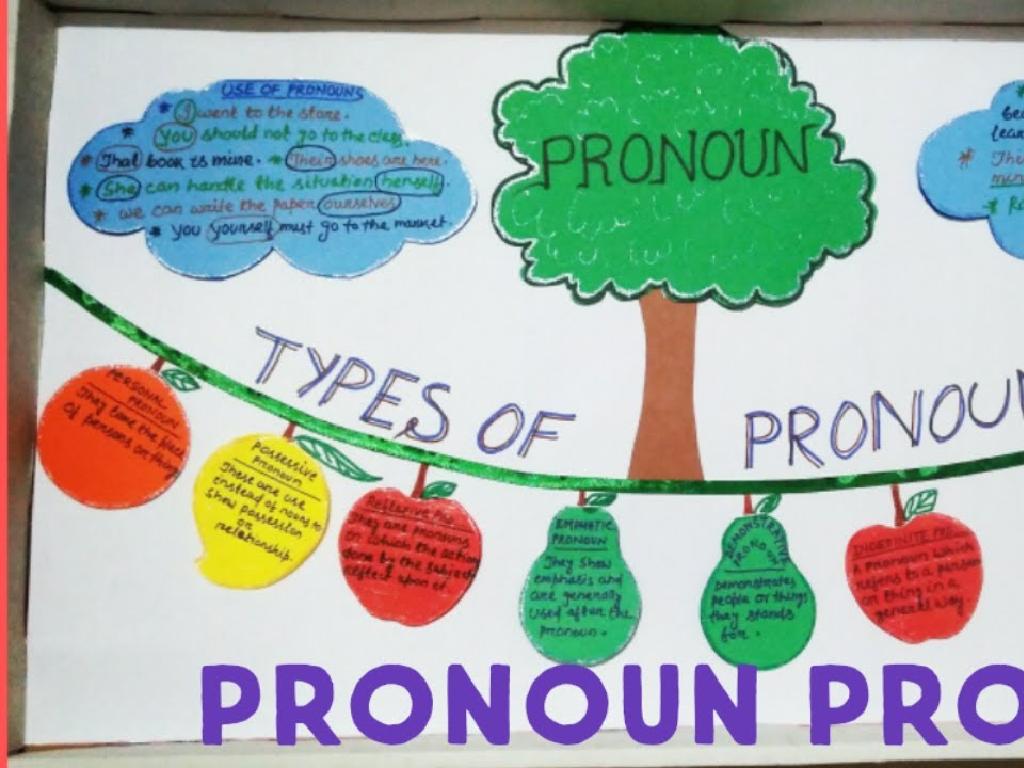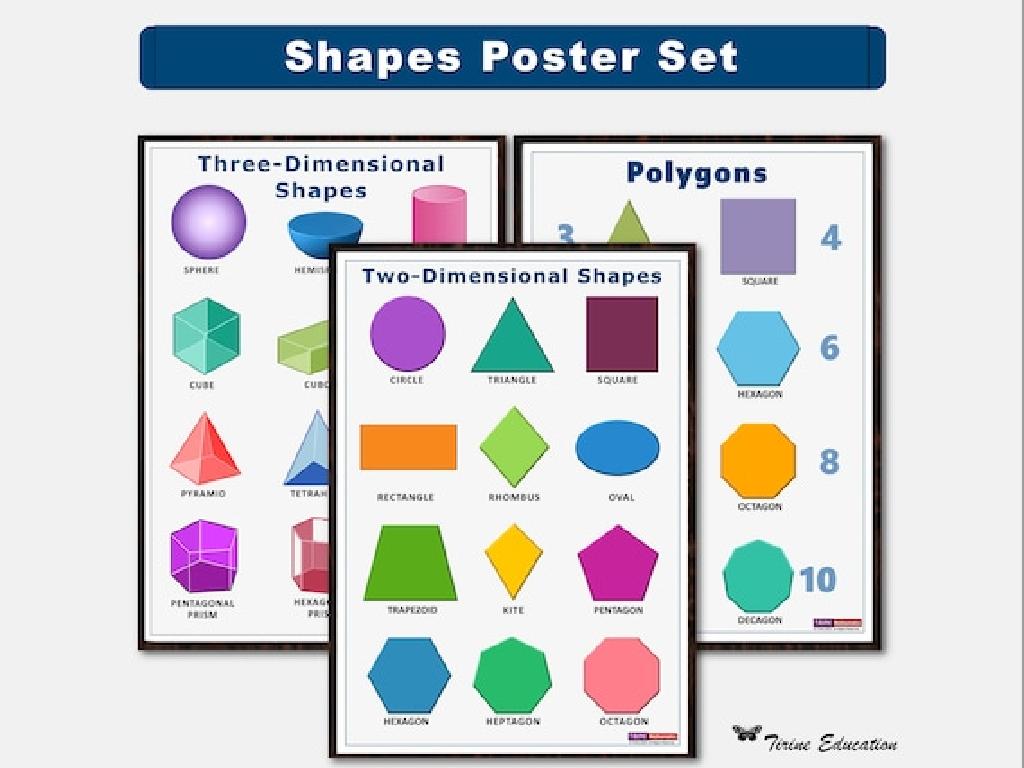Seed Disperser: Eurasian Red Squirrel
Subject: Science
Grade: First grade
Topic: Animals
Please LOG IN to download the presentation. Access is available to registered users only.
View More Content
Meet the Eurasian Red Squirrel!
– Special animal friends
– What is a seed disperser?
– Animals that help plants grow by spreading seeds
– Meet the Eurasian red squirrel
– A cute, furry animal that lives in trees and loves nuts
– Why squirrels are important
– They help forests grow by spreading seeds
|
This slide introduces first graders to the concept of seed dispersers and specifically the Eurasian red squirrel. Begin by engaging the students with the idea that animals can be our friends and helpers in nature. Explain the role of seed dispersers in simple terms, emphasizing how they help plants grow by moving seeds around. Introduce the Eurasian red squirrel with a brief description, perhaps showing a picture or a small video clip to capture the students’ interest. Highlight the importance of these squirrels in maintaining healthy forests. Encourage the children to think of questions they might have about the Eurasian red squirrel or seed dispersers in general.
Meet the Eurasian Red Squirrel: Nature’s Gardener
– Eurasian red squirrels help plants grow
– They spread seeds, which can grow into new plants
– Fun facts about these furry friends
– Red fur, bushy tails, and they’re great climbers!
– Their homes in the trees
– They build nests called ‘dreys’ up high in the trees
– Favorite snacks: nuts and seeds
– They love to munch on pine cones, acorns, and berries
|
The Eurasian red squirrel is a small, tree-dwelling rodent known for its vibrant red fur and bushy tail. These squirrels play a crucial role in their ecosystem by dispersing seeds, which helps new plants to grow. They are found in woodlands and forests across Europe and Asia. Introduce students to the concept of seed dispersers by explaining how these squirrels collect and bury seeds, which may later sprout into new plants. Share fun facts to engage the students, like how red squirrels can jump from tree to tree and have sharp claws for climbing. Discuss their habitat, emphasizing the importance of trees for their shelter and food sources. Encourage students to think about what squirrels might eat and how this diet helps in seed dispersal.
How Red Squirrels Help Plants Grow
– What is seed dispersal?
– It’s how plants spread to new areas
– Red squirrels bury seeds
– They hide seeds for later but bury many
– Sometimes seeds are forgotten
– Not all seeds are found again
– New plants grow from these seeds
– Forgotten seeds sprout into new plants
|
This slide introduces the concept of seed dispersal and the role of the Eurasian red squirrel in this process. Seed dispersal is crucial for the spread of plants to new areas, ensuring biodiversity and the survival of plant species. Red squirrels contribute by burying seeds, which they intend to eat later. However, they often forget some of their buried seeds, which then have the chance to germinate and grow into new plants. This natural behavior of red squirrels aids in the dispersal of seeds, making them an important part of the ecosystem. Encourage the students to think about how animals, even small ones like squirrels, can have a big impact on nature.
Why Are Red Squirrels Important?
– Red squirrels help forests
– They spread tree seeds
– Squirrels bury seeds, which can grow into new trees
– Forests provide clean air
– Trees take in CO2 and give out oxygen we breathe
– Forests are animal homes
– Many creatures live in forests, like birds and deer
|
This slide aims to educate first-grade students on the ecological importance of red squirrels. Emphasize that red squirrels are not just cute; they play a crucial role in maintaining healthy forests by spreading seeds. This seed dispersal leads to new tree growth, which is essential for clean air and providing habitats for various animals. Use simple language to explain how trees help clean the air by using carbon dioxide and releasing oxygen. Highlight that forests are like big cities for animals, offering them a place to live, find food, and raise families. Encourage students to think of forests as communities where every member, including red squirrels, has an important job to do.
A Day in the Life of a Red Squirrel
– Red squirrels are busy climbers
– They collect seeds for food
– They gather seeds like acorns and pine cones
– Squirrels love to play together
– Just like kids, squirrels enjoy playing with their friends
– Pretend to be a squirrel
– Can you bury a seed like a squirrel?
|
This slide is designed to engage first-grade students by exploring the daily activities of a Eurasian red squirrel. Emphasize the squirrel’s agility in climbing trees and its important role in seed dispersal. Encourage the children to imagine collecting seeds and playing with other squirrels. Incorporate a fun activity where students can mimic the actions of a squirrel by pretending to bury a seed, which helps them understand the concept of seed dispersal. This kinesthetic activity supports learning through action and play, making the lesson memorable and enjoyable for young students.
Class Activity: Let’s Be Squirrels!
– Learn about seed dispersal
– Hide a ‘seed’ in our ‘forest’
– Pretend our classroom is a forest where squirrels hide their seeds
– Remember your seed’s location
– Think like a squirrel: where would you hide your seed so you can find it again?
– We’ll find the seeds together
– After hiding, we’ll have a fun search to see if we can locate our seeds
|
This activity is designed to give students a hands-on understanding of the role of squirrels in seed dispersal. Each student will receive a small object representing a seed, which they will hide somewhere in the classroom, mimicking how squirrels hide seeds in the wild. After a set amount of time, the class will attempt to find all the hidden ‘seeds.’ This will help illustrate how not all seeds get found again, leading to new plant growth. Teachers should prepare the classroom by designating areas as ‘forest’ and ensuring safety during the activity. Possible variations include having different types of ‘seeds’ for diversity, discussing how squirrels contribute to the ecosystem, and even having students draw a map of where they hid their seed to incorporate lessons on mapping and memory.
Review: Eurasian Red Squirrels as Seed Dispersers
– What we learned about red squirrels
We talked about how these squirrels live and help plants grow.
– Why red squirrels are important
They spread seeds, which helps new plants to sprout all over!
– Questions about red squirrels?
– Share your thoughts!
Did you find the red squirrel interesting? Why?
|
This slide is meant to recap the day’s lesson on the Eurasian red squirrel and its role in seed dispersal. Start by asking the students to recall what they’ve learned about the red squirrel’s habitat, behavior, and appearance. Emphasize the importance of seed dispersers in the ecosystem, explaining how they help in the growth of new plants and maintain biodiversity. Encourage the children to ask any questions they might have about red squirrels or the process of seed dispersal. Finally, ask the students to share their thoughts or any interesting facts they remember about the red squirrel, fostering a discussion that reinforces their learning.
Goodbye to Our Squirrel Friends
– Red squirrels help forests
– They spread seeds around
– They bury seeds, which can grow into new trees
– Squirrels are cute and helpful
– Wave goodbye to squirrels
– We’ll learn more about them soon!
|
As we conclude our lesson on the Eurasian red squirrel, it’s important to reinforce the role these animals play in our ecosystem. They are not just cute; they are crucial for the growth of new plants as they disperse seeds throughout the forest. Encourage the children to appreciate these little creatures and the big job they do. Remind the students to say goodbye to the squirrels and to look forward to learning more about them and other animals that help our environment. This slide should leave the students with a positive feeling about wildlife and an eagerness to continue learning.





